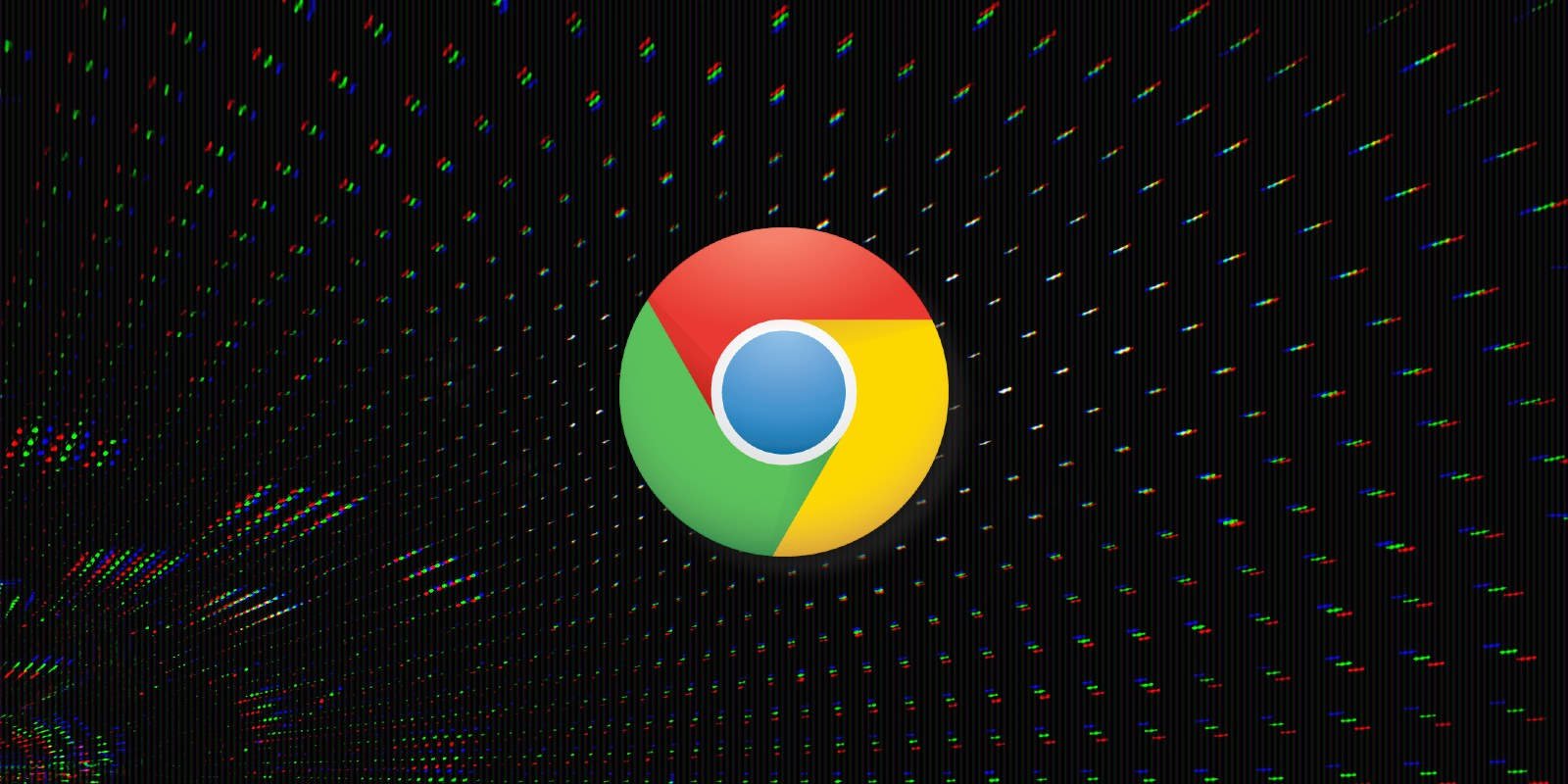- Aug 17, 2014
- 11,777
Read more below:Google is experimenting with increased storage for the browser cache to reduce the performance hit caused by the recently added partitioned cache feature.
Before Chrome 85, the browser used a single storage bucket to store cached resources, such as images, audio, video, and HTML content for all pages that you have previously visited. When Chrome opens a web page, it will check if requested resources are stored in the cache, and if they are, load it from the local disk rather than download it from a remote server.
Using a single shared storage bucket for all cached resources, though, opens up a range of side-channel attacks that could allow sites to perform malicious activity.
"This opens the browser to a side-channel attack where one site can detect if another site has loaded a resource by checking if it’s in the cache. That sounds innocuous, but it can be used for many nefarious deeds such as discovering what’s in your inbox, contacts, etc.," Google Chrome engineers Josh Karlin and Shivani Sharma explain in a document on cache partitioning.
To prevent these side-channel attacks, Google added a new feature to Chrome 85 that partitions the browser's disk cache so that each site utilizes its own cache that cannot be read by other sites.

Google Chrome is testing larger cache sizes to increase performance
Google is experimenting with increased storage for the browser cache to reduce the performance hit caused by the recently added partitioned cache feature.
